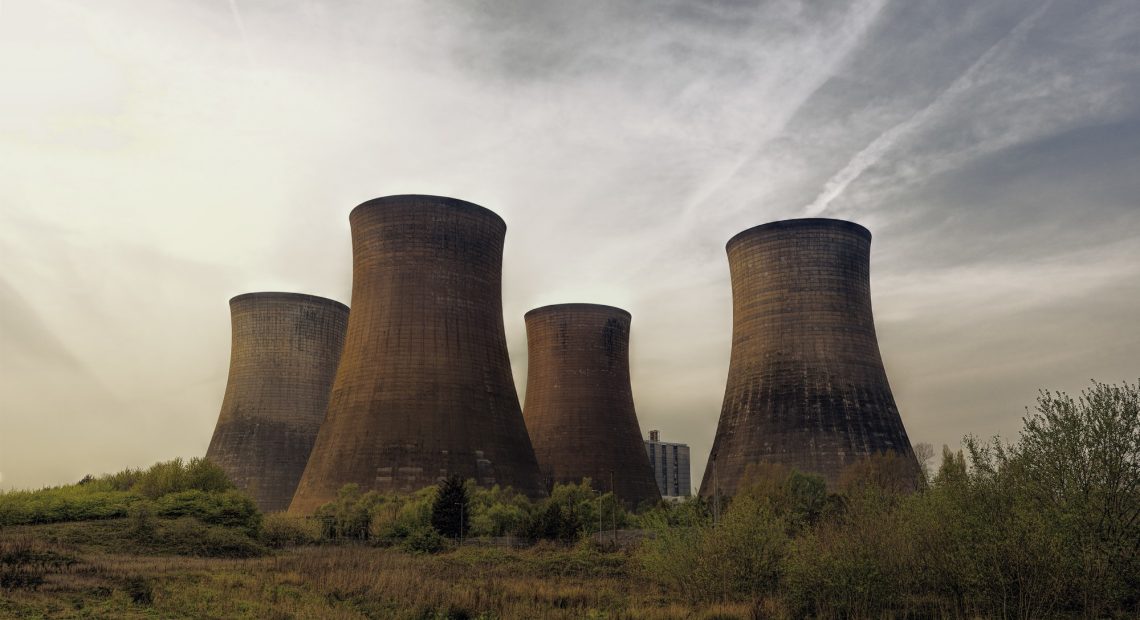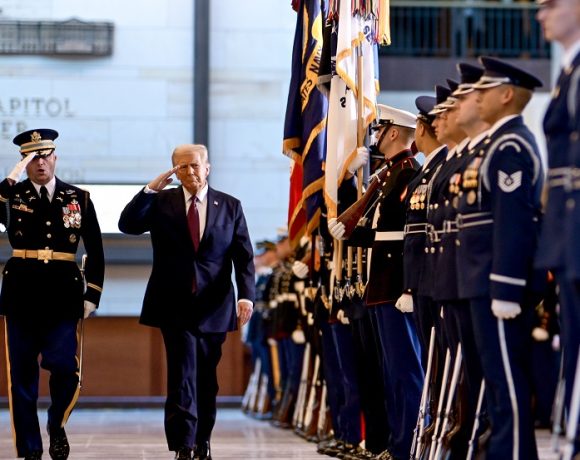
Israel Strikes Iran’s Isfahan Nuclear Site, No Hazardous Leak
In the early hours of Saturday, Israel launched a series of attacks on Iran, including a direct strike on the country’s Isfahan nuclear facility. The incident was confirmed by a senior Iranian security official who disclosed that the Isfahan site was among the targeted locations.
Multiple Attacks Confirmed
“Israel carried out multiple attacks including on the Isfahan site,” the official stated. The strikes, which reverberated across central Iran, led to numerous explosions being heard in the vicinity. However, authorities emphasized that these sounds were “mostly related to air defence activity,” indicating that Iranian defense systems had been activated in response to the incoming threats.
The nature and scale of the Israeli operation have not been independently verified, but the timing and target—Isfahan, which houses one of Iran’s most sensitive nuclear facilities—signal a significant escalation in hostilities between the two nations.
No Hazardous Material Leakage
Despite the intensity of the strike, Iranian officials assured the public that the facility’s safety mechanisms held firm. “There was no leakage of hazardous materials,” the security source affirmed, downplaying fears of a potential environmental or public health crisis. The lack of radioactive contamination or infrastructural collapse at the Isfahan site appears to have averted what could have otherwise been a severe nuclear incident.
The international community is likely to keep a close eye on further developments, especially given the heightened tensions in the region following Israel’s repeated assertions that it will not allow Iran to advance its nuclear ambitions. The strike on Isfahan is expected to trigger diplomatic responses and potential retaliatory posturing from Tehran, though no official Iranian retaliation had been confirmed as of Saturday morning.
The attack underscores the volatile nature of the Middle East’s security dynamics, with strategic assets such as nuclear sites becoming high-stakes flashpoints in a broader geopolitical standoff.


















